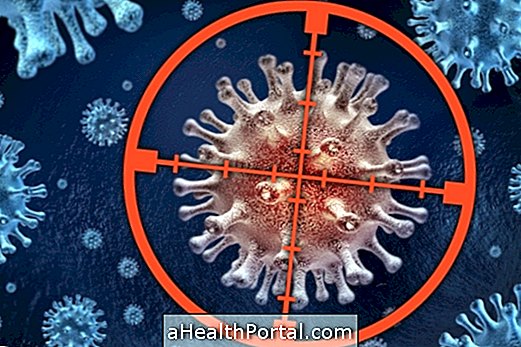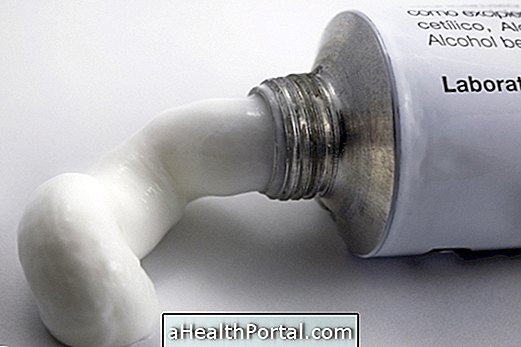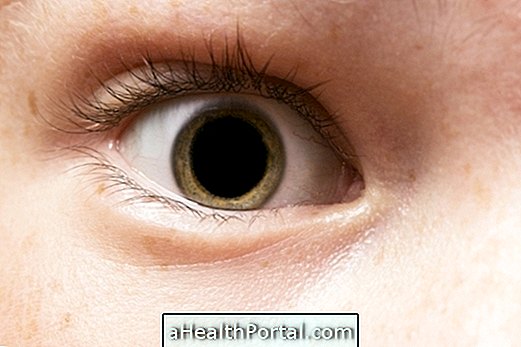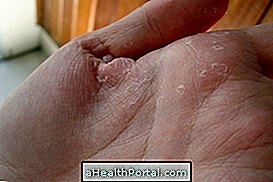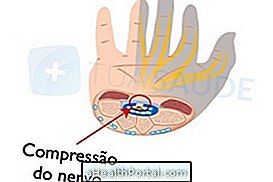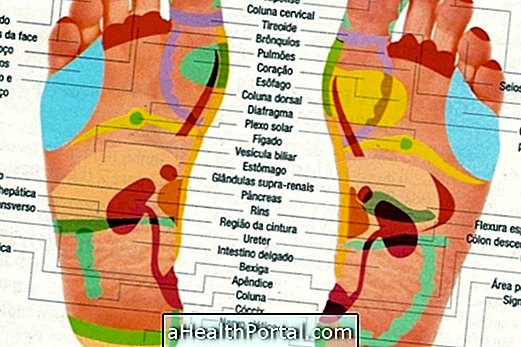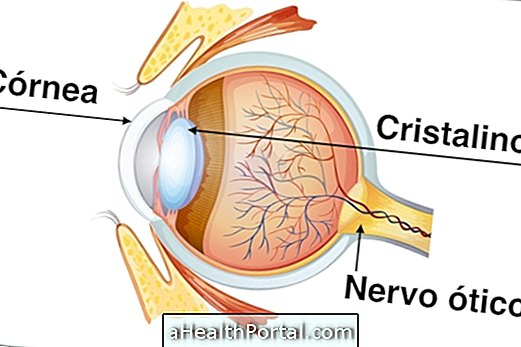The anal abscess, perianal or anorectal, is the formation of a pus-filled cavity in the skin of the region around the anus, which can cause symptoms such as pain, especially when evacuating or sitting, a painful lump in the anal region, bleeding or elimination of yellowish secretion.
Generally, the abscess forms when bacteria infect the region and cause intense inflammation, with accumulation of pus. The treatment is done by the surgeon, requiring drainage of the abscess and, in some cases, antibiotic use for a few days.

What are the causes
Perianal abscess is caused by a bacterial infection of the skin of the region of the anus and perineum, usually due to obstruction of glands that produce the mucus of the anal region, facilitating the installation of bacteria. Some of the conditions that cause the risk of abscess formation are:
- Inflammatory bowel disease, such as Crohn's disease or ulcerative colitis;
- Hidradenitis suppurativa;
- Rectal infections such as amebiasis, venereal lymphogranuloma, tuberculosis or rectal schistosomiasis;
- Anal fissure;
- Anorectal cancer;
- Immunity compromised;
- Have undergone surgery of the anorectal region, such as hemorrhoidectomy, episiotomy or prostatectomy, for example.
Generally, these conditions cause inflammation in the tissue of the rectum and anus, facilitating the accumulation of bacteria and formation of pus. Understand the causes, symptoms, and treatment of proctitis.
Main symptoms
The main symptom of perianal abscess is pain in the region of the anus and perineum, especially when evacuating or sitting, but it can become constant as the lesion worsens. Also check out other main causes of pain while you are evacuating.
If the location of the abscess is more external, a lump in the anal region may also be seen, painful, hot and reddish. In some cases, there may be bleeding and fever. When the abscess ruptures, there may be purulent discharge from the discharge, and thereby decrease pressure on the skin and pain.
The diagnosis of anal abscess is made by the general surgeon or coloproctologist, through the analysis of the region and examinations such as anoscopy, ultrasound, computed tomography or magnetic resonance imaging, which identify the size and depth of the lesion. Blood tests, such as a blood count, can help evaluate the severity of the infection.
Possible Complications
It is very common for the abscess to give rise to an anal fistula, which is the formation of a path connecting two regions, which may arise between the anus and the vagina, uterus, urinary tracts or other parts of the intestine, for example. Learn what anal fistula is and how to treat it.
In addition, other complications that the anal abscess can cause are the anal sphincter impairment, causing fecal incontinence, or a necrotizing infection, which is when the bacteria hit nearby tissues such as skin muscles and fat.
In addition, if the treatment is not done correctly, it is possible that the bacteria reach the bloodstream, causing a generalized infection that can even death.
How is the treatment done?
The treatment of anal abscess is done with drainage by the general surgeon or coloproctologist as soon as possible, as the persistence of the abscess increases the risk of a generalized infection.
Depending on the size and location of the abscess, drainage surgery can be done under local anesthesia or with more powerful ones such as rachi or epidural. In large abscesses, it may be necessary to leave a drain for a few days at the site.
To treat a fistula, the doctor may make a cut or put a material to stimulate the healing and closure of the path. In addition, antibiotics may be indicated if the abscess is large, or if the patient presents risks of generalized infection as in cases of diabetes, impaired immunity or obesity, for example.
Post-operative Care
After the surgery, the doctor may recommend rest, analgesic use and seat baths with warm water due to its anti-inflammatory effect.
The physician will schedule reevaluations within 1 to 2 weeks to observe healing and to identify drainage of secretions that indicate fistulas. In some cases, obsession may return, especially if the initial treatment was not done correctly or if there is any disease that causes inflammation of the site and facilitates the formation of the lesion.




